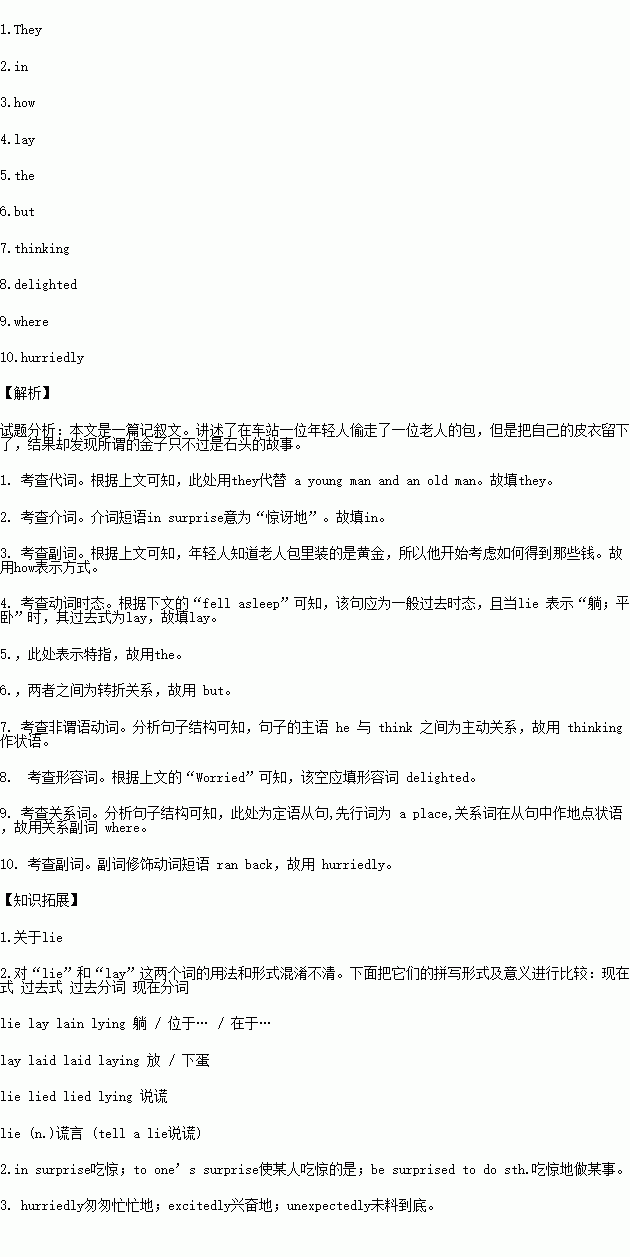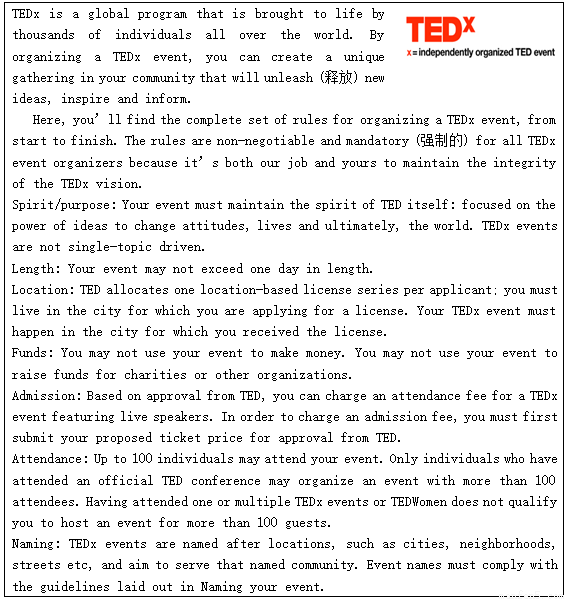题目内容
阅读下面材料,在空白处填入适当的内容(不多于3个单词)或括号内单词的正确形式。
A young man and an old man were waiting for a bus. 1. sat next to each other. “What’s that in your bag?” asked the young man, pointing to a big bag beside the old man. “Gold. There was nothing but gold,” answered the old man. The young man could not believe his own ears and was 2. great surprise. Then he began to think about 3. to get the money. The old man was very tired and it seemed that he could hardly keep his eyes open. After a while the old man 4. (lie) down on the chair and fell asleep.
The young man took 5. big bag gently and quietly. But when he was just about to run away, he found a corner of his fur coat was under the old man’s body. Several times he tried to pull it out, 6. in vain. At last he took off his coat, 7. (think) that the gold in the bag must cost far more than his fur coat.
Worried but 8. (delight), the young man ran out of the station as quickly as his legs could carry him, until he reached a place 9. he thought the old man couldn’t find him. He stopped and quickly opened the bag but he just found a great many of small stones in it. Then he ran back to the station 10. (hurry) only to find that the old man was gone.
 小天才课时作业系列答案
小天才课时作业系列答案 一课四练系列答案
一课四练系列答案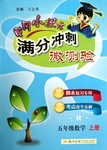 黄冈小状元满分冲刺微测验系列答案
黄冈小状元满分冲刺微测验系列答案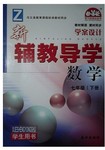 新辅教导学系列答案
新辅教导学系列答案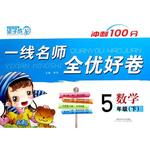 阳光同学一线名师全优好卷系列答案
阳光同学一线名师全优好卷系列答案